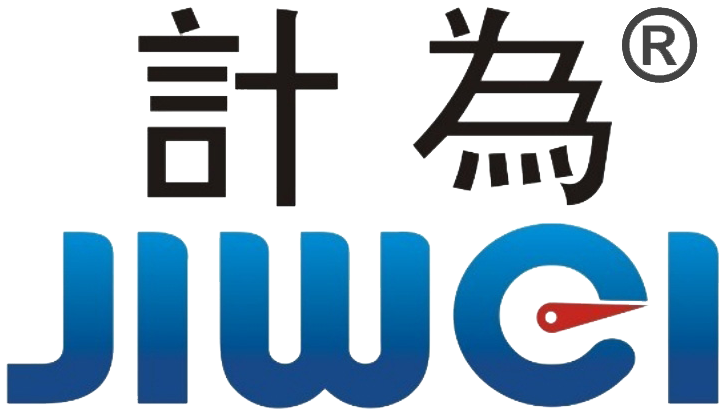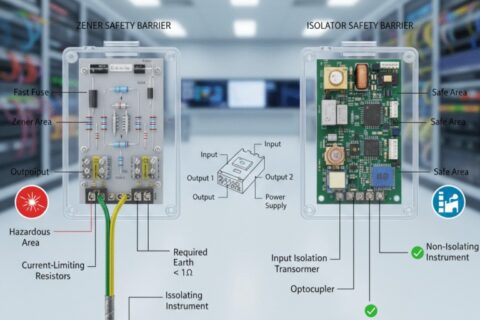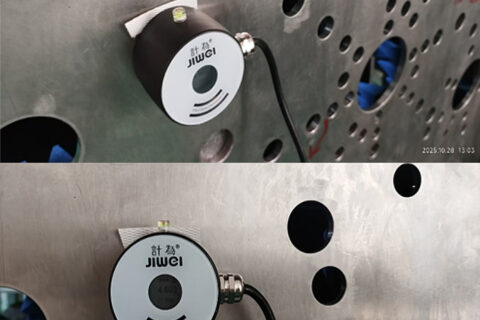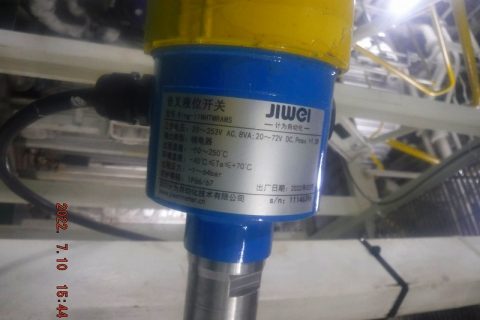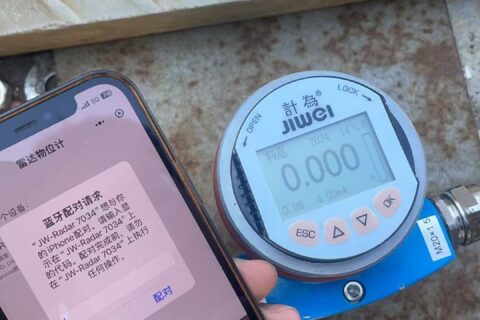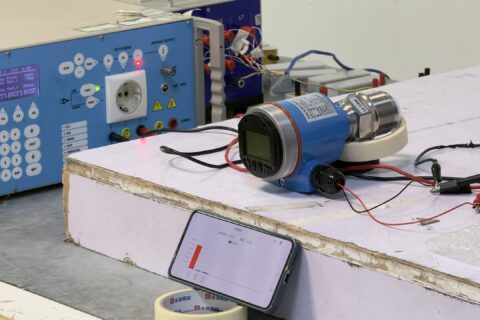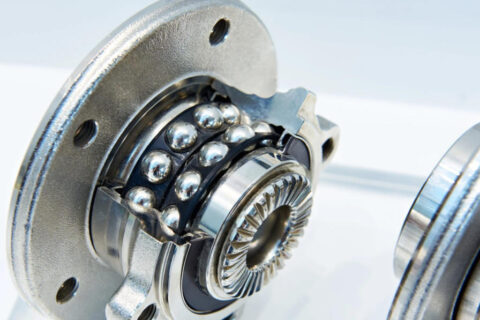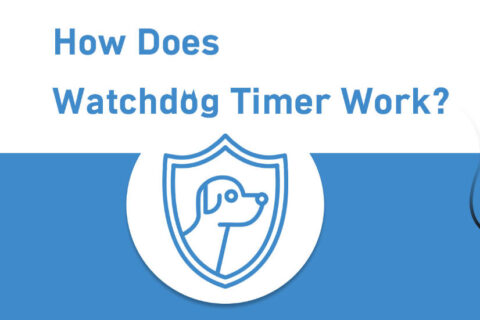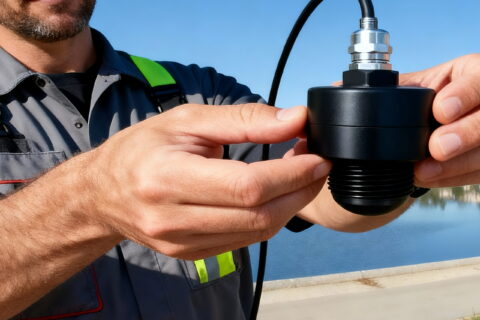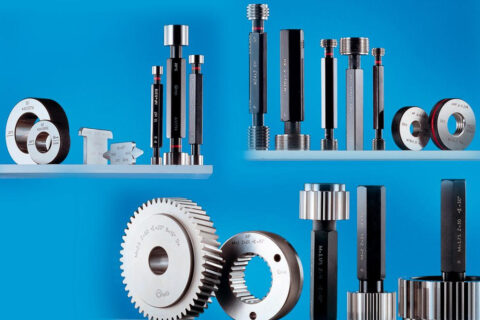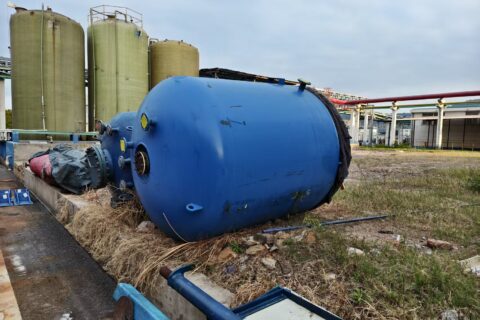-
Safety Barrier vs. Signal Isolator: Dual Protection for Safety and Signal Stability in Industrial Automation
Key differences between safety barriers and signal isolators, the applications, and how to ensure hazardous area safety and stable control signals.
-
Independent Third-Party Validation Confirms the High Performance of Jiwei’s Mini Radar Level Meter
Jiwei Mini Radar Level Meter demonstrating superior accuracy, linearity, and long-range stability compared with competing products.
-
Ring-11 Fork Level Switch: High-Reliability Industrial Level Measurement Benchmark
Shenzhen Jiwei Automations’ Ring-11 Fork Level Switch delivers precise, reliable, and high-performance liquid level monitoring in complex industrial environments.
-
Smart Tank Level Measurement: Jiwei’s Intelligent Solutions
Smart tank level measurement with radar and level switches for liquids, slurries, and powders, ensuring stable, reliable, and safe monitoring.
-
Why EMC Determines the Measurement Stability of Radar Level Meters in Industrial Environments
How EMC design ensures radar level meters remain stable and accurate in industrial environments with strong electromagnetic interference.
-
Impact of Bearing Bore Diameter on Mechanical System Reliability
This article explores how bearing bore diameter and fit affect installation quality, internal clearance, load distribution, and overall reliability.
-
What Kind of Dog Is a Watchdog?
An overview of watchdog mechanisms in complex systems and their role in system reliability and self-healing.
-
Jiwei MINI Radar: Smart, Compact, and Accurate Level Measurement
Jiwei MINI radar level meter is compact, highly accurate, and interference-resistant, ideal for small tank level monitoring.
-
Technicians Must Read: Go and No-Go Gauges Are More Than Just “Metal Rings”
Go and No-Go gauges are more than simple dimension checks—they form the first line of defense for assembly interchangeability.
-
Chemical Equipment Is More Than Just “Metal Tanks”: A Must-Read for Technicians
Chemical equipment underpins stable, long-cycle production in harsh conditions of temperature, pressure, corrosion, and multiphase flow.
